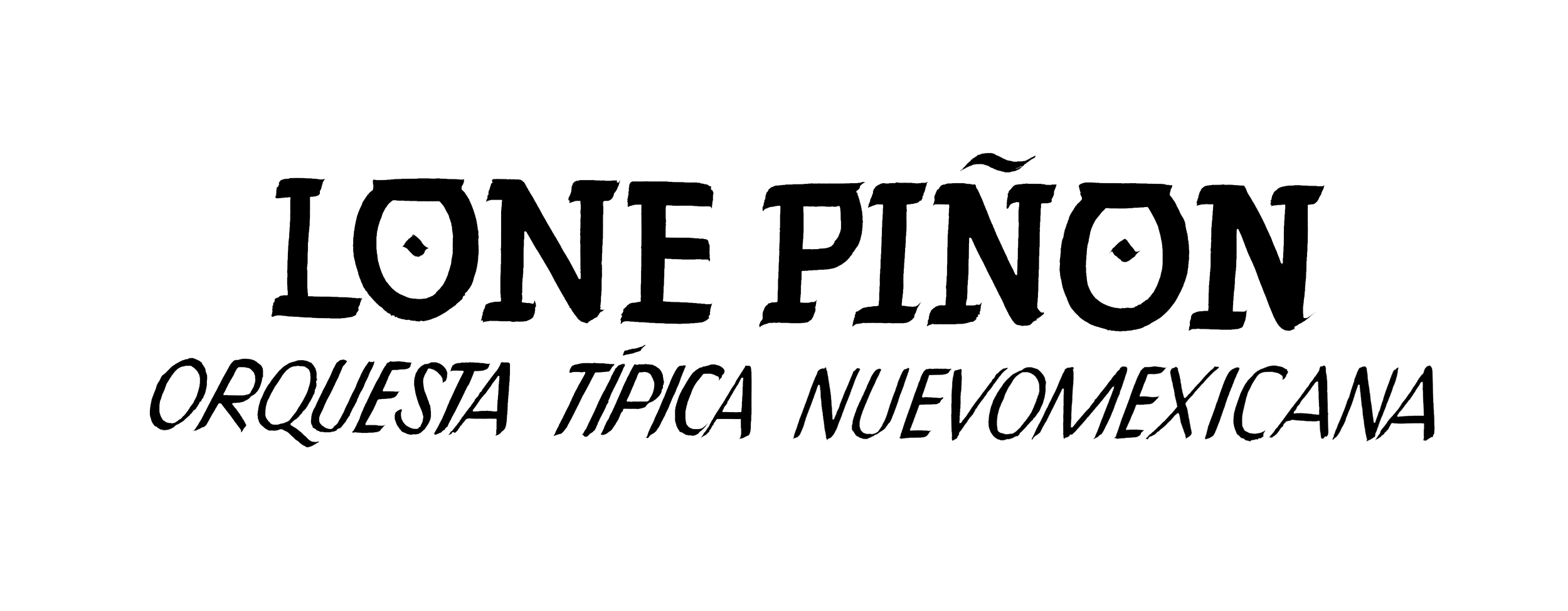Original poster artwork by Kat Kinnick
Northern New Mexico music evolved together with community dancing in bailes, fandangos, weddings, and spontaneous celebrations, long before there was a division of audience, stage, and performance that we experience today around music. The melodies and rhythms of the violins, accordions and guitars extended into the community through the feet and bodies of the dancers moving in rhythm; their energy in motion, in turn, became a part of the music. The whole equation and chemistry of the resulting baile (or fandango, as it was called long ago) is joyful, creative, social, cross-cultural, playful, uplifting, and facilitates community bonding and healing (and it's good exercise!). Lone Piñon and dance instructor Lucy Salazar work together to renew the structure of music and dance that has been passed down from generation to generation for many centuries but that takes a new form and serves a new purpose each time it is recreated and reembodied by the community of people present. From listening to a recording or concert you can enjoy how New Mexico traditional music sounds, but if you have a chance to come to a baile you will have the privilege of physically understanding why it sounds the way it does.
Dances include la varsoviana, la vaquera, la cuna, valse de la escoba, el taleán, la camila, la marcha, las cuadrillas, valse de los paños, and more.
A pandemic dance-at-home tutorial featuring mentor Tomas Maes on mandolin and violinist Alma Castro (Santa Fe).
A dance for the community around the Sala de San Jose in Galisteo, NM featuring dance music mentor Tomas Maes (Santa Fe) on mandolin.
